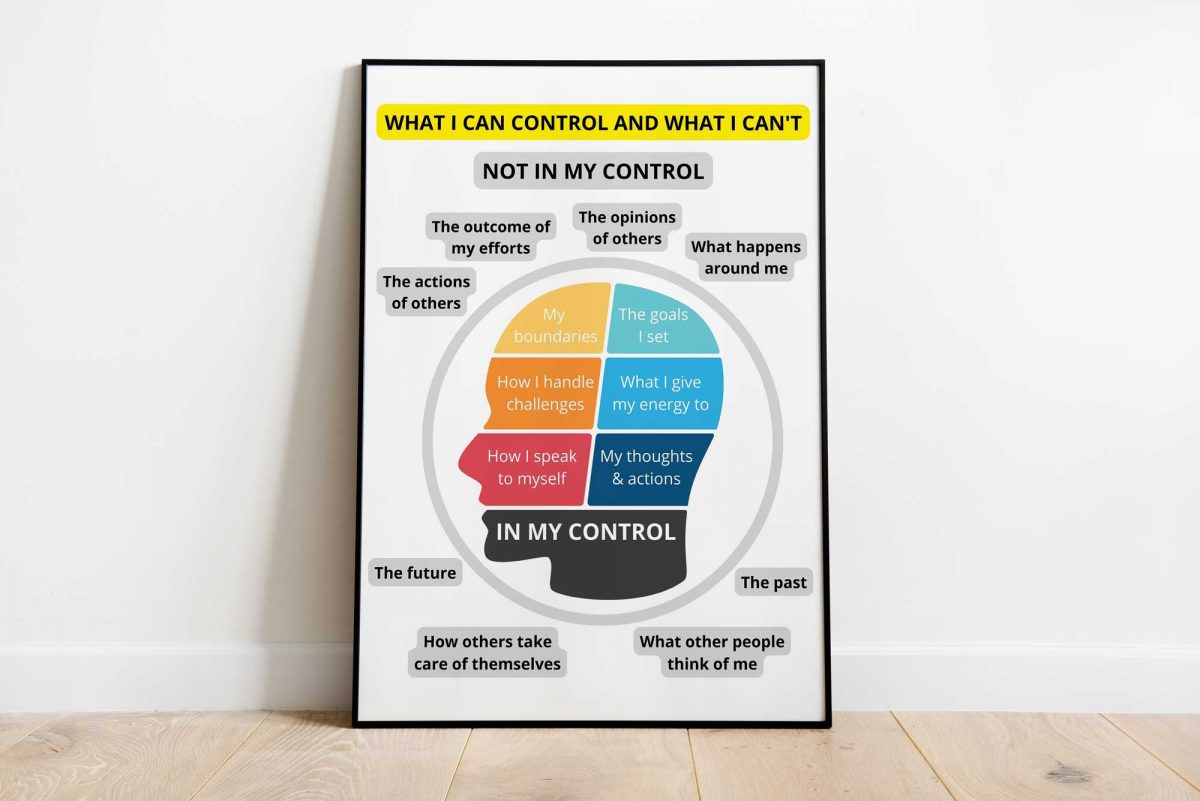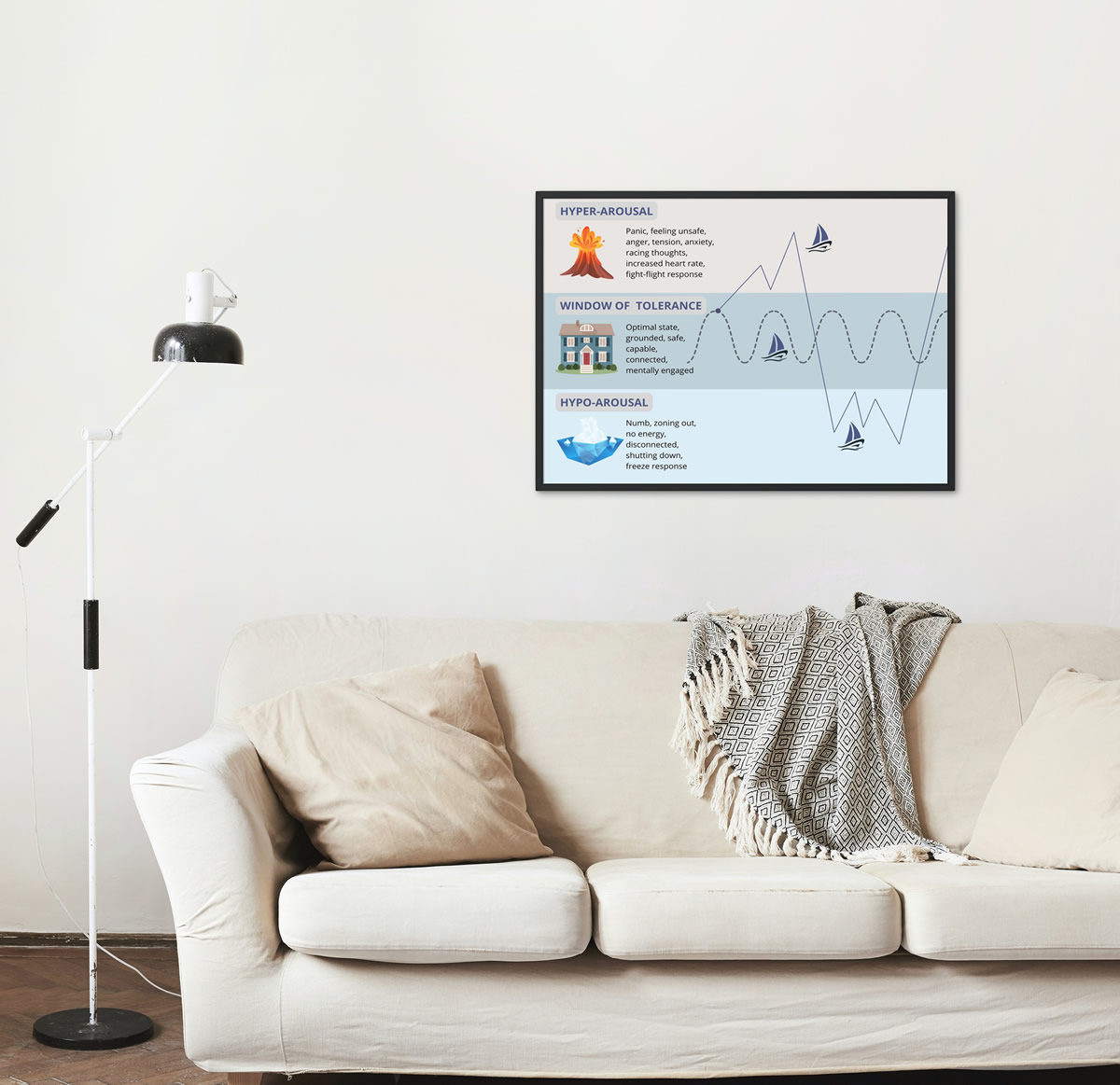The ‘floordrobe’ problem: Why ADHD makes laundry feel impossible
For many people with ADHD, household chores can be overwhelming. One of the biggest culprits? Laundry. And now there’s a word that perfectly captures the silent chaos creeping across the bedroom floor: the floordrobe.
What is a floordrobe?
A “floordrobe” is exactly what it sounds like—your wardrobe… on the floor. Instead of clothes being neatly folded and tucked into drawers or hung in closets, they end up scattered across the room. It’s not about laziness—it’s about executive dysfunction.
For people with ADHD, laundry isn’t a single task—it’s a chain of steps: sort, wash, dry, fold, put away. While washing and drying might get done, folding and organizing often fall off the list. Why? Because they’re boring, repetitive, and mentally draining for a brain that thrives on stimulation.
It’s more than just a mess
The floordrobe isn’t just about clothes. It’s about mental load. Choosing where things go, handling fabric, and facing an unending pile can trigger sensory overwhelm or even anxiety. What starts as a “clean laundry spot” can quickly feel like a failure zone.
ADHD often causes difficulties with task initiation, follow-through, and decision fatigue—all of which are key players in the laundry cycle. The result? Clothes stay clean, but never quite make it home.
Strategies that actually help
Here are a few ADHD-friendly ways to deal with the floordrobe:
- Rethink the system: Skip drawers. Use baskets, open bins, or hanging organizers that don’t require folding.
- Fold what matters only: Not everything needs to be folded. T-shirts and leggings can live in clean piles or hangers.
- Break it up: Wash one day. Dry the next. Fold later. It doesn’t have to be all at once.
- Timers and music: Turn on a playlist or set a 10-minute timer. Pair boring tasks with something fun.
- Good-enough is enough: A half-sorted clean laundry pile is still progress.
The takeaway
The floordrobe doesn’t mean you’re failing—it means your brain works differently. Once you recognize that ADHD changes how we approach everyday tasks, you can start building systems that support you, not some unrealistic standard of perfection.







